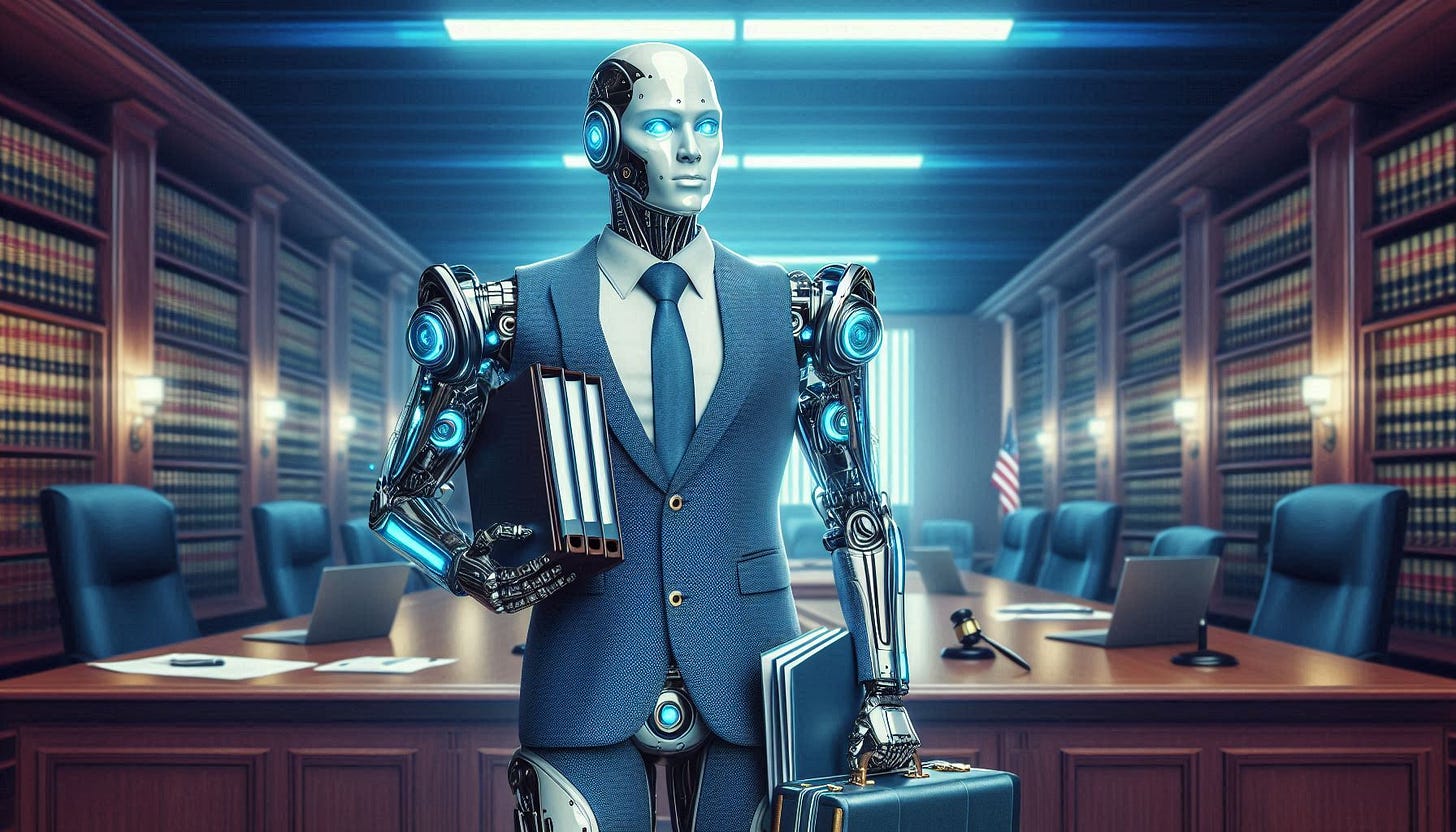When it comes to intellectual property law, some are safeguarded while others are struck by its limitations.
Take Larry Philpot as an example. Philpot is a photographer from Indianapolis who makes his content available online. He appeared in numerous copyright infringement cases seeking damages from media organizations that failed to credit his work under Creative Commons, a license that enables the public to use his work with appropriate attribution.
On the other hand, in another case that concerned registering an AI-generated image that won first place in Colorado State Fair Fine Art Competition, the U.S. Copyright Office Review Board rejected the copyright claim on the basis that it lacked human authorship.
The board found that the traditional understanding of “creator” was at odds with Jason Allen’s request, despite his explanations that he had to modify the prompt 624 times and significantly alter the image to achieve the output result.
Ownership and delivery of media—a concept so ever-evolving that it stands subject to the next court appeal—continues to be redefined based on our understanding of human creation.
Courts and lawmakers are navigating the issue of 'broken IP' as the law gradually outgrows its original intent with the AI joining the picture. Recent AI regulation bills have additionally increased public attention on its place in the law, despite some action being vetoed and delayed.
According to Alex Shahrestani, who spoke about IP law on Sept. 26 during one of the University of Texas at Austin’s Lunch & Learn sessions, the intersection between both fields heavily involves questions about data infringement and the judicial understanding of emerging technology.
Shahrestani flagged a couple of IP concepts to keep in mind:
Copyright: creative output that requires perspective, gives its owner the exclusive legal right to copy, distribute, adapt, display and perform a creative work, usually for a limited time.
Trademark: property of an entity, consisting of a recognizable sign, design or expression that identifies a product or service.
Patent: claim of an idea, giving its owner the legal right to exclude others from using or selling an invention for a limited time in exchange for publishing an enabling disclosure of the invention.
Media law has had its fair share of turbulence when it comes to platforms hosting information from independent users online, a challenge initially manifested in the Digital Millennium Copyright Act Section 230.
The section protects certain companies from being liable for what users post and state on their websites, labeling companies like Instagram and X (formerly Twitter) as platforms, not publishers of information.
If platforms are not responsible for individual posts, can they use that data to train their algorithms? In a case like the one filed against Microsoft’s Copilot tool, the defense was able to argue that certain platforms, like GitHub meant for code-sharing, own licenses to repositories of user data and can therefore use it as a means to train other software.
Today, the interaction between AI and social platforms introduces more nuanced problems, more-or-less demonstrated by the bots that comment under each other’s AI-generated posts on Facebook.
The marketplace of ideas with the availability of AI raises the bar for due diligence of what we deem legally acceptable.
Currently, copyright law requires substantial evidence of a human author for protection. AI-generated content resembling existing works, known as 'prior art,' may face originality and fair use challenges.
As a tool on the back-hand, AI has been utilized as a tool for lawyers, too. However, Shahrestani found that AI is inadequate at issue spotting since contracting requires a “logical flow” considering context-driven variables.
AI has been helpful in reviewing material, but putting in the last word within the force of law is far from its capabilities. Users should be weary of what content that they post is protected online as the field undergoes a radical shift in technical and philosophical ways.


